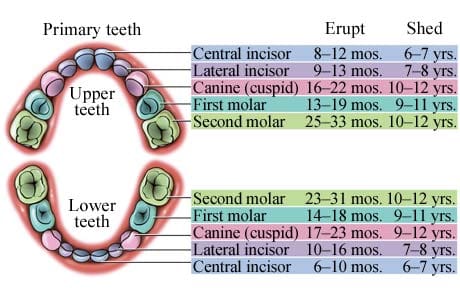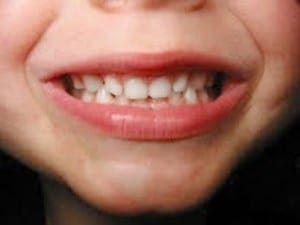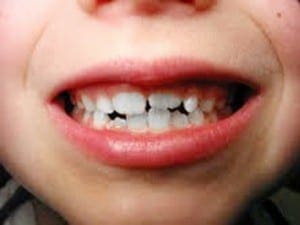Dental Development in Children
Dental Discovery
New teeth are one aspect of early life that let you know your child is growing and developing. All kids grow and change at different rates and the same is true about tooth development.
Tooth development begins before a child is born. Around 6 months of age the first primary, or baby tooth erupts. An orderly pattern of eruption continues until all the baby teeth are present. The average child has his or her full set of 20 primary teeth by age 3:
- Preserve space for the permanent teeth and help guide them into position
- Aid in speech development
- Help provide nutrition (missing or decayed baby teeth make it difficult to chew, causing children to reject certain foods)
- Aid in the normal development of the jaw bones and facial muscles
- Help give a healthy start to permanent teeth (decay and infection in the baby teeth can cause damage to the permanent teeth developing beneath them)
After eruption of the baby teeth, the child’s adult dentition begins to develop. Typically the first baby tooth is lost at age 6 and the permanent tooth erupts soon after. This transition from baby teeth to adult teeth is considered the mixed dentition stage:
Here are some general guidelines concerning tooth development in children:
- Girls usually precede boys in teeth eruption
- Lower teeth usually erupt before upper teeth
- Teeth in both jaws usually erupt in pairs (one on the right and one on the left)
- Primary teeth are smaller in size and whiter in color than permanent teeth
Eruption times vary from child to child but generally should follow the sequencing chart below:




